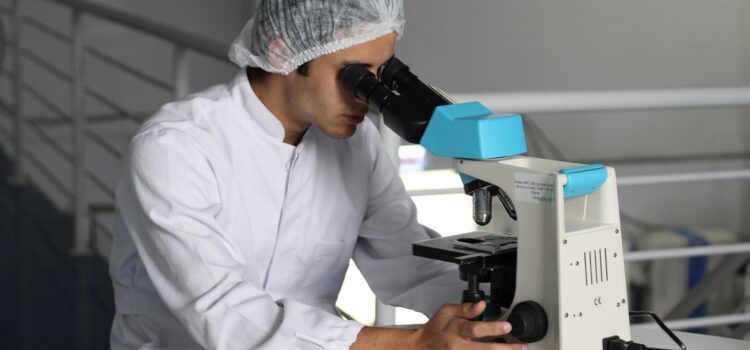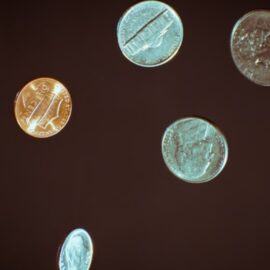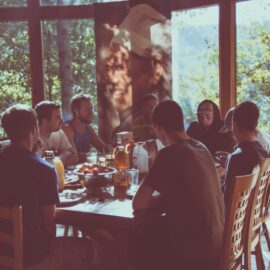

This article is an excerpt from the Shortform summary of "The Hot Zone" by Richard Preston. Shortform has the world's best summaries of books you should be reading.
Like this article? Sign up for a free trial here .
Who is Thomas Geisbert? What was his role in researching Ebola?
Thomas Geisbert was an intern at USAMRIID when the Reston monkey house outbreak first emerged. Geisbert recognized the virus as a filovirus.
Keep reading to find out how Thomas Geisbert helped identify this strain of Ebola.
Thomas Geisbert Examines Reston Monkey Sample Cell Cultures
Thomas Geisbert, an intern at USAMRIID, grew curious about the cultures that Jahrling was growing from the Reston monkey sample. Despite being just an intern, Thomas Geisbert specialized in taking high-powered electron-microscope photos and identifying the viruses he saw. He had studied the distinct shapes of various viruses and committed many to memory.
Under a standard light microscope, the Reston cultures looked like they’d been contaminated by outside bacteria. When bacteria destroy cultures, they create a smell—and when Thomas Geisbert and Jahrling opened the flask and took a few whiffs, they didn’t smell anything. However, they decided to put it under the electron microscope for a closer look anyway. It was the Friday before Thanksgiving, and they wouldn’t be back at the lab until a week-and-a-half later.
Geisbert Recognizes Filovirus Particles
After the holiday, Geisbert inspected the supposedly contaminated cells under his electron microscope. He recognized what he saw: The cells were bulging with rope-like viruses, just like he’d seen in pictures of samples from Cardinal’s blood. It was a filovirus, but the threads were less curled than Marburg virus particles.
Geisbert printed the images and showed Jahrling. Jahrling recognized the signature thread-like shapes. Although there were some differences between the cells in Geisbert’s photos and the images of Marburg in the textbook they consulted, it was close enough to be concerning.
Thomas Geisbert and Jahrling thought of how they’d sniffed the flask with the cell cultures, and they worried about their exposure. It had been 10 days, and neither had developed any symptoms—but they were in the middle of the incubation period, so they weren’t in the clear yet. They decided to take the wait-and-see approach, meanwhile testing their blood to check for signs of infection.
Jahrling and Geisbert Sound the Alarm
Jahrling alerted Colonel Clarence Peters, the chief of USAMRIID’s disease-assessment division. Peters, Jahrling, and Thomas Geisbert considered the possibilities:
- Could these samples have been contaminated by another hot agent in USAMRIID’s lab, meaning the virus hadn’t been in the monkeys at Reston?
- If a Marburg-like virus was at Reston, could Dalgard be infected?
Peters was alarmed but cautious. Announcing that Marburg or Ebola had appeared in a Virginia suburb outside Washington, DC would cause panic, so they had to be 100 percent positive. Geisberg collected more samples from the monkey liver, and he captured electron-microscope photos that convinced Peters that it was, indeed, a filovirus.
Now they needed to determine whether the virus was Marburg or Ebola. While they waited for the test results, Jahrling called Dalgard to warn him to be careful, though he didn’t reveal many details. Dalgard had dissected 50 potentially infected monkeys 11 days prior, and he still showed no symptoms—but he worried about the other employees in the monkey house.

———End of Preview———
Like what you just read? Read the rest of the world's best summary of Richard Preston's "The Hot Zone" at Shortform .
Here's what you'll find in our full The Hot Zone summary :
- The many different strains of Ebola, including the deadliest kind with a kill rate of 90%
- How scientists unraveled the mystery of a new strain of Ebola
- How Ebola could become airborne, becoming one of the deadliest viruses known






